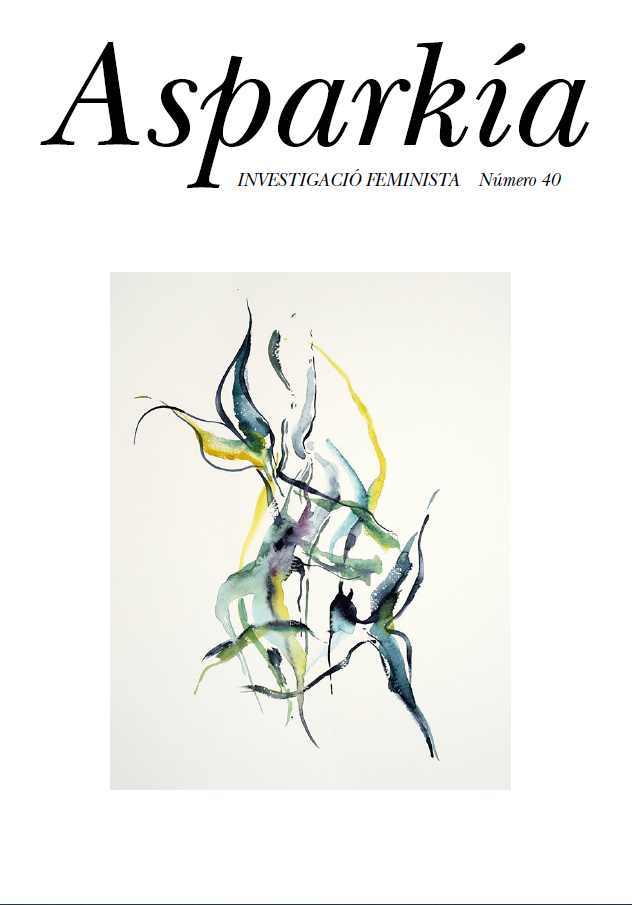Mujeres tejiendo una red de encaje, las encajeras como modelo de colaboración y complicidad
Contenido principal del artículo
Resumen
Las encajeras representan uno de los colectivos vinculados al textil más activos de Europa. La crisis de los negocios de encaje artesano no ha hecho desaparecer el interés y la resistencia de un arte mayoritariamente femenino que ha buscado nuevas líneas de representación y mantiene unas redes de intercambio de conocimientos, formación y de apoyo emocional muy activas. Este artículo analiza la historia de este colectivo desde sus orígenes, cuando la actividad se centraba en la actividad laboral, hasta la actualidad con la experiencia artística y emocional en el centro de la actividad.
El estudio plantea como la estructura radial es una de las características de este colectivo a lo largo de los siglos y como la comunicación global pueden reforzarla. El artículo se apoya metodológicamente en los trabajos sobre la historia de las mujeres y el asociacionismo femenino, la escasa documentación y estudios sobre las encajeras y mi experiencia como directora de un museo dedicado al encaje.
El estudio plantea como la estructura radial es una de las características de este colectivo a lo largo de los siglos y como la comunicación global pueden reforzarla. El artículo se apoya metodológicamente en los trabajos sobre la historia de las mujeres y el asociacionismo femenino, la escasa documentación y estudios sobre las encajeras y mi experiencia como directora de un museo dedicado al encaje.
Descargas
Los datos de descargas todavía no están disponibles.
Detalles del artículo
Cómo citar
Ribas San Emeterio, N. (2022). Mujeres tejiendo una red de encaje, las encajeras como modelo de colaboración y complicidad. Asparkía. Investigació Feminista, (40), 169–187. https://doi.org/10.6035/asparkia.6172
Sección
Artículos


